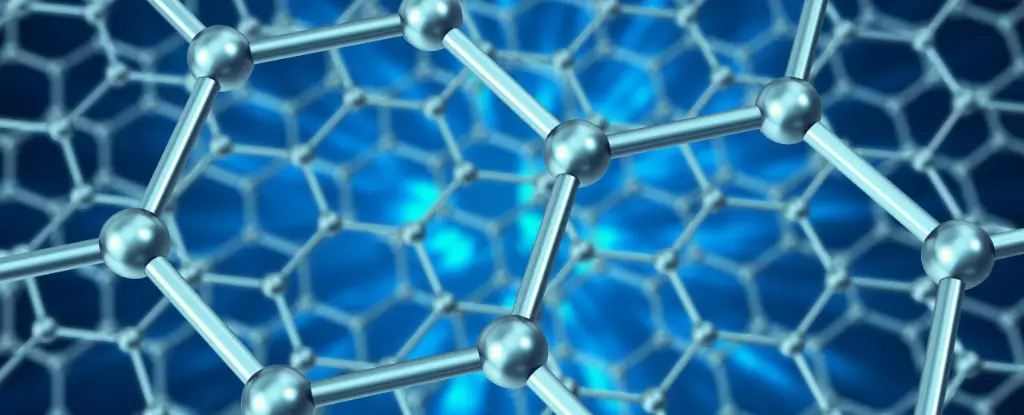The exploration of carbon-based materials, particularly graphene, has ushered in a new era in condensed matter physics. Recognized for its one-atom-thick structure comprised of carbon atoms in a hexagonal configuration, graphene exhibits extraordinary properties that set it apart from conventional materials like copper. The recent collaborative research between institutions such as the University of British Columbia, the University of Washington, Johns Hopkins University, and Japan’s National Institute for Materials Science has unveiled a remarkable state of matter within specifically structured stacks of graphene. This new discovery has implications that may reshape our understanding of electrical conductivity and pave the way for breakthroughs in quantum computing and superconductivity at room temperature.
Graphene functions as a two-dimensional playground where electrons exhibit behavior akin to pieces in a game of quantum chess. In his discussion about the research, Joshua Folk, a senior author of the study, emphasizes that the hopping motion of electrons between carbon atoms greatly influences the electrical characteristics of graphene. Unlike traditional conductors, the arrangement of these carbon atoms creates a receptive environment for unexpected electron dynamics.
When researchers manipulated the structure of stacked graphene layers, they observed a peculiar phenomenon: the emergence of a Wigner crystal phase. This occurs when electrons, instead of flowing freely, manifest as frozen structures with defined shapes. Intriguingly, the researchers employed a moiré pattern by skillfully twisting the graphene stacks, resulting in distinct geometric configurations that disrupted the conventional understanding of electron movement and spatial arrangements.
The Moiré Effect: A Gateway to New Quantum States
The application of the moiré effect within graphene is not without precedent. Commonly observed in everyday patterns—such as those in textiles and architectural designs—this effect emerges when two grids are overlaid, creating visually striking interference patterns. In graphene’s case, the twisting of these single-atom sheets introduces a new layer of complexity, altering the topology of the electron landscape. As a result, the electrons experience a modified landscape that influences their velocity and trajectory, further enhancing the potential for unique conductive properties.
The researchers found that despite the electron ‘freezing’ into a structured crystal arrangement, anomalies arose in its conductive nature. This paradox points to an ability for electrons to conduct electricity along the material’s periphery, indicating a potential shift away from traditional understandings of conductivity in crystalline forms.
The exploration of this revolutionary electron behavior opens avenues for raising the efficiency and functionality of qubits, the quantum computing units that underlie future technological advancements. The research suggests that these newly discovered topological activities in graphene could inform the design of qubits that are more resilient than existing types that rely only on fundamental particles. The implications could lead to devices capable of performing complex computations with minimal energy loss.
Furthermore, the potential for achieving room-temperature superconductivity might not be a distant dream. The intricacies of electron interactions within twisted graphene layers hold promise for developing materials that could operate efficiently at higher temperatures, solving a significant challenge in material science and enhancing practical applications in energy and technology sectors.
The pioneering work conducted by the international teams investigating the properties of intricately arranged graphene significantly contributes to our understanding of electron dynamics and opens new realms in material science. As researchers delve deeper into the peculiarities of topologically influenced electron behavior, they are not merely expanding theoretical frameworks; they are laying the groundwork for practical applications that could redefine fields such as quantum computing and superconductivity. This venture into the complex geometries and arrangements of carbon atoms stands to unveil a new chapter of discovery, with potential benefits that resonate through technology and science, propelling us towards a future rich with possibility.



Leave a Reply